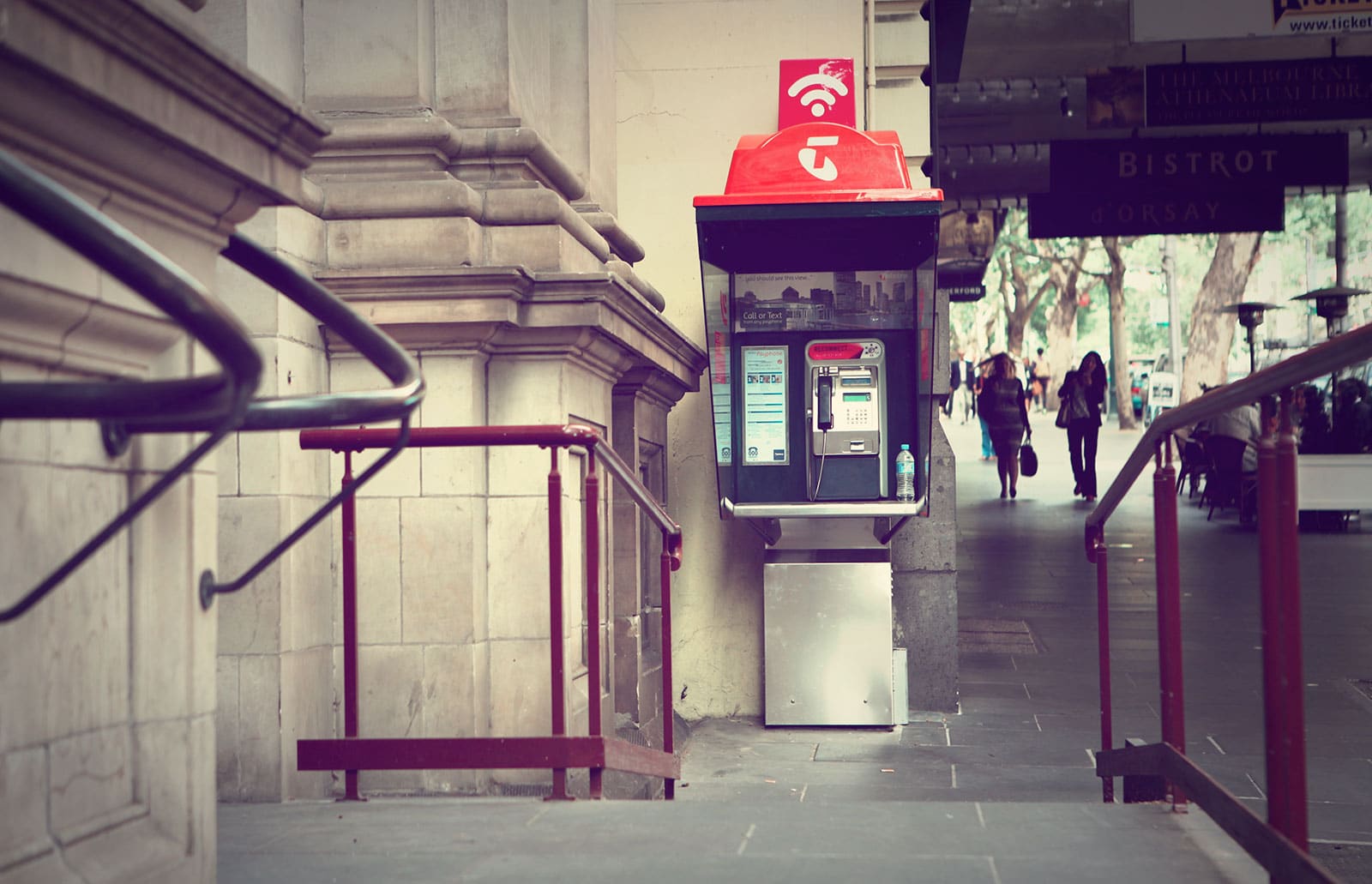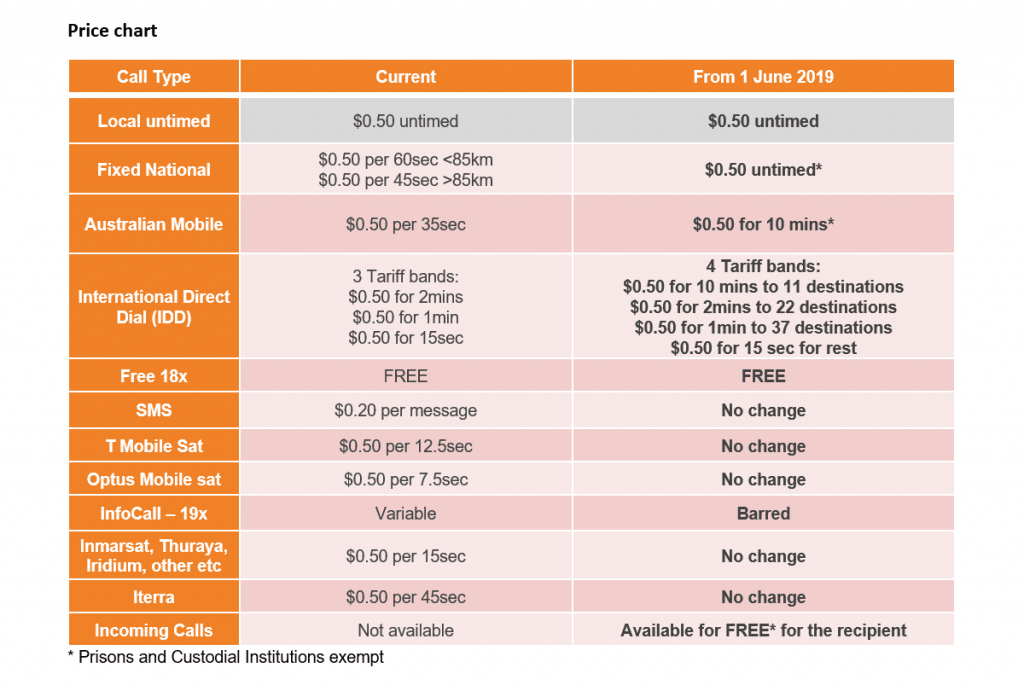You might live on that mobile phone of yours, but there are still over 15,000 public payphones in Australia, and folks are still using them. Time for an update of sorts.
It’s hard to believe there are still payphones in the world, especially since so many of us rely on mobile phones, but not everyone keeps their life in their pocket, and even if they do, there are reasons why a payphone can make sense.
Emergency calls are still a big part of what a payphone is used for, with as many as 200,000 calls on payphones made to 000 last year, highlighting their use.
However, there were 13 million calls on payphones in the same time frame, and so people are still standing in phone booths, making calls to friends, family, and other folks in their lives.
And so because the Australian phone booth is still being used, Telstra is updating a few things, changing the pricing slightly to help those who may still use the payphone.
Previously, national calls were charged at 50 cents per 45 or 60 seconds depending on how far you were calling, but that’s changing to being 50 cents untimed, making it just like a standard local call to the payphone.
Calls to mobile phones are also getting a cost change, because while they originally hot a price of 50 cents per 35 seconds, now it’s 50 cents for ten minutes of calls.
There aren’t changes to the SMS cost of 20 cents per message, and not many changes for some international calls, but 11 destinations will sit in a new tariff band of 10 minutes for 50 cents to 11 destinations, including the US, Singapore, Hong Kong, China, Canada, Vietnam, and others. Places like the UK, France, Israel, Japan, Poland, Sweden, and Taiwan sit under a 50 seconds per 2 minutes tariff band, while 50 cents for one minute will connect you to places like Argentina, Austria, Brazil, Denmark, Fiji, Italy, Netherlands, New Zealand, Norway, South Africa, Spain, and the Ukraine (full details below).
Perhaps most interesting, however, is that payphones in Australia will now be able to receive incoming calls, something we’ve apparently not had before.
While the mobile phone may well seem like the death of the public payphone, Telstra has suggest that it will likely keep going, with future updates to possibly be upgraded for 5G, include WiFi, phone charging, and more, and even provide information about the local area such as maps, weather, and more.








